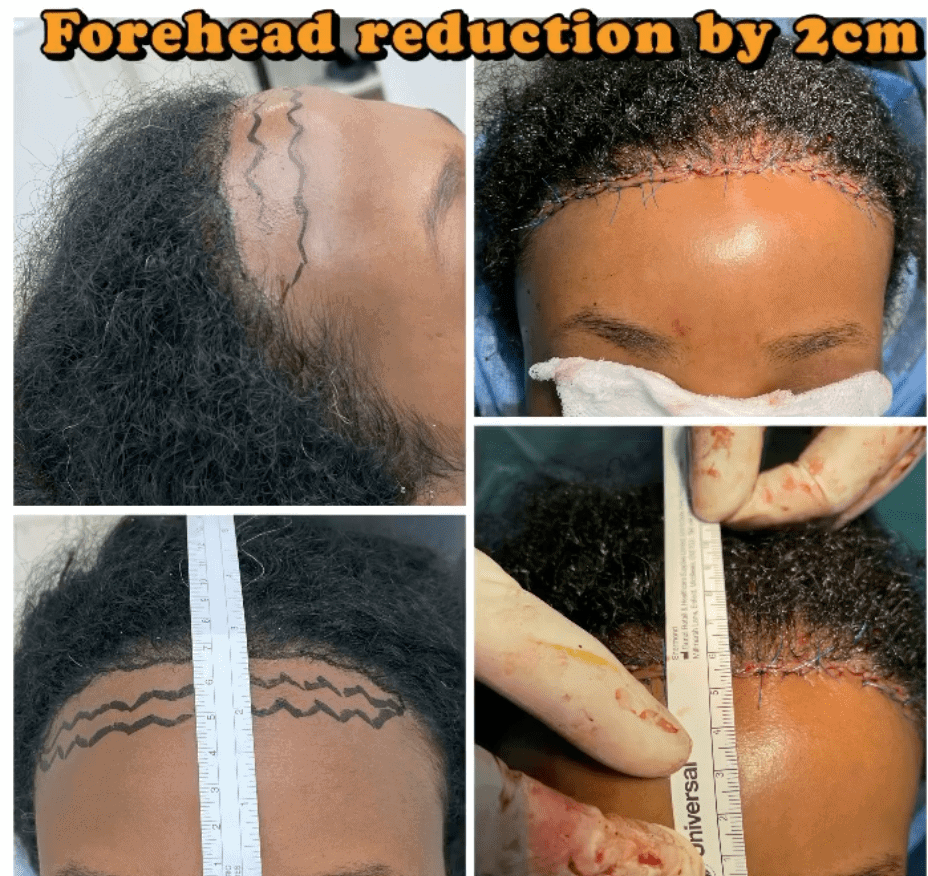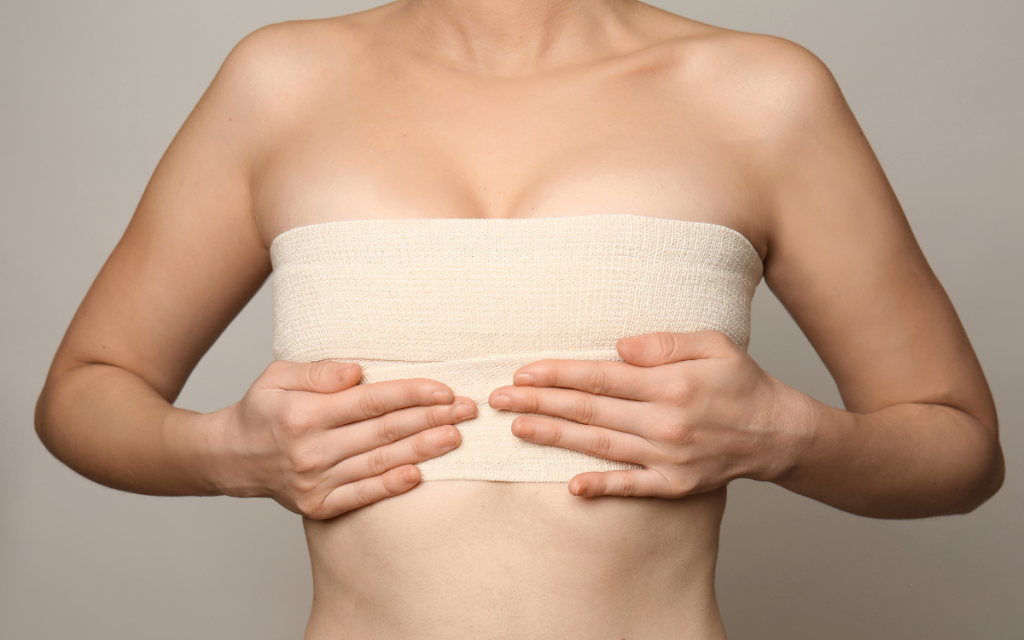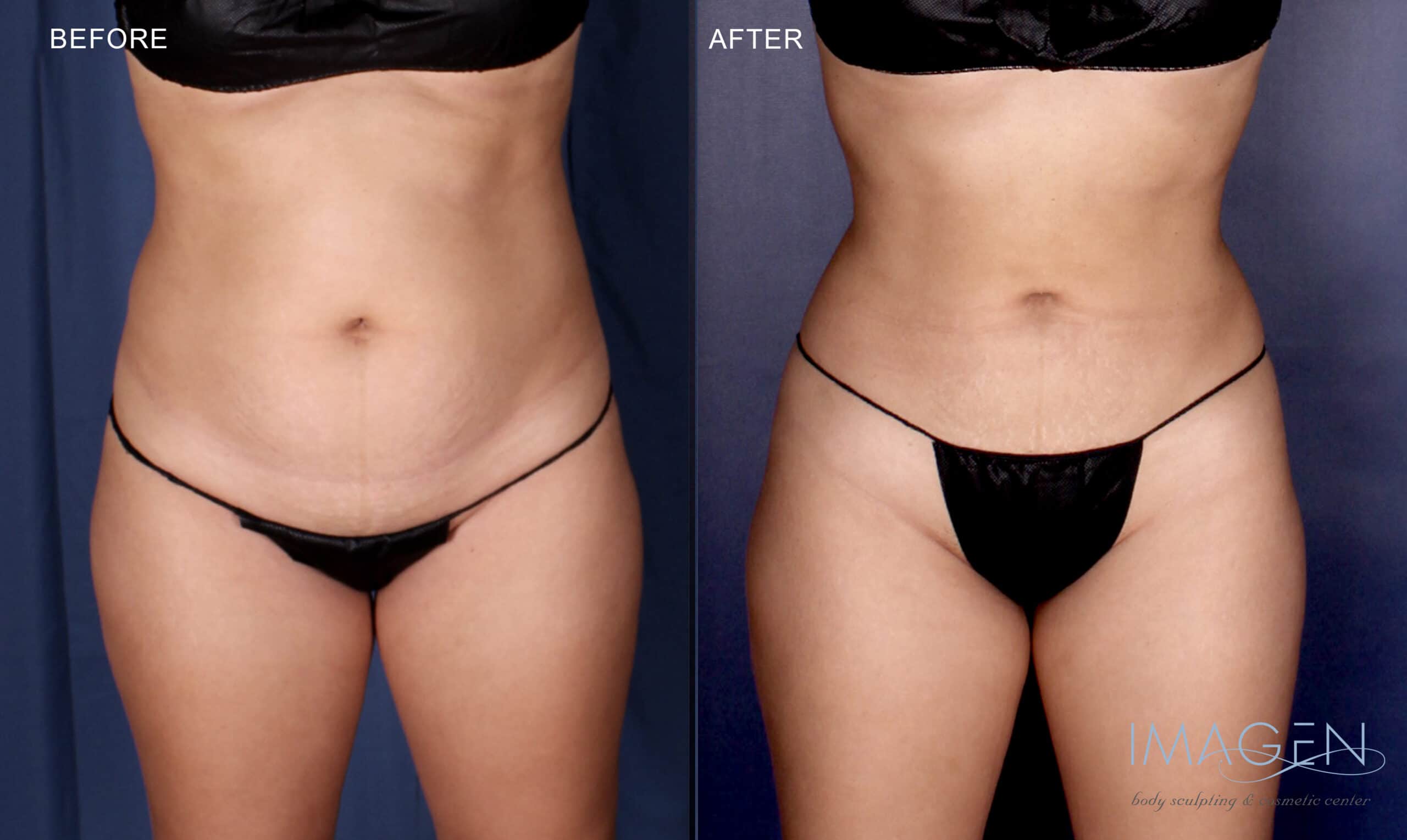
You can relieve fluid retention by applying a cold compression. It could be a damp washcloth or a chilled teaspoon. This can be used for up to twenty minutes. To reduce fluid retention under your eyes, tea bags can be used. It can be helpful to use a cold metal facial rolling roller.
Salt and sodium
Salt and sodium reductions may be beneficial for those suffering from fluid retention. You should avoid salty processed foods and other packaged foods. Water is essential to flush out sodium from your body. The American Heart Association recommends that adults consume no more than 1,500 milligrams of salt per day. But, Americans consume twice as much.
Although there are several factors that can cause fluid retention under one eye, the most common one is a high salt intake. Inadequate sleep, allergies and hormone changes can all cause the condition. Sodium is also found in processed foods, canned beans and fatty meats. A diet high in processed food may also contribute to this condition.
Allergies
An allergy is one of the leading causes of swelling under-eyes. Angio-oedema is an allergic reaction that can lead to severe reactions. It causes swelling and pain around the eyes. It can also occur in other parts of your body, such as your face, hands, or feet. It can be caused by allergies or infections. It can also be passed down from one generation to another.

Some foods, chemicals and even pollen may trigger allergies. You might also be allergic or sensitive to things in your home like dust and pet dander. It is impossible to avoid allergies completely, but you can minimize them.
Sun exposure
The best thing to do if you are suffering sunburn or have under-eye bags is to limit your exposure to the sun. The skin is damaged by the sun's ultraviolet rays, which can damage collagen and elastin. These proteins are essential for skin structure and firmness. Prolonged exposure to the sun also depletes the skin of essential moisture and causes sagging. This can lead to slight under-eye swelling.
Photokeratitis may also develop from sun exposure. It is a temporary, but serious, condition of the eye that is caused by prolonged exposure to the ultraviolet rays. This inflammation affects the cornea, which is the clear tissue that covers the white and inside eyelid. Living in high-altitude areas is particularly susceptible to this problem. High-altitude residents are more susceptible to UV-A radiations. These rays can cause damage to the eyes and impair vision. The good news is that UV-B rays can be absorbed by the ozone layer and are therefore not as damaging to the eyes.
Blockage of tear ducts
Although it can be uncomfortable, blocking the tear ducts below one eye is treatable. There are many non-surgical and surgical options available to open these ducts. You should consult a doctor if your tear ducts appear blocked.
The cause of blocked tear-ducts depends on how severe the condition is. Surgery may also be an option. Other options include medication and protective eyewear.

Anaphylactic shock
Anaphylaxis, a medical condition that occurs when an allergen is attacked by the body's immunity system, is known as a medical condition. This condition can cause a person to experience shortness of breath, wheezing, and loss of consciousness. It is a serious medical condition which requires immediate attention. In the United States, approximately one in 50 suffers from anaphylaxis. Some research indicates that the actual rate may be higher and could even reach one in twenty people. Symptoms can begin within five to 30 minutes of contact with the allergen. Sometimes, the reaction can take longer.
Fluid can buildup in body tissues when the body's immune systems is overwhelmed. This can cause the eyes to swell. Anaphylaxis can result from food allergies, medication side effects, and other factors. Wheezing, difficulty swallowing, and shortness of breath are some symptoms.